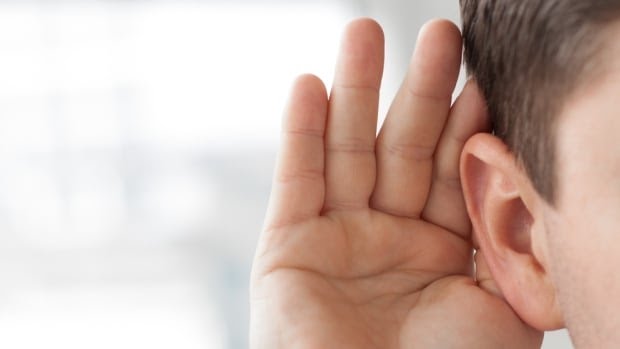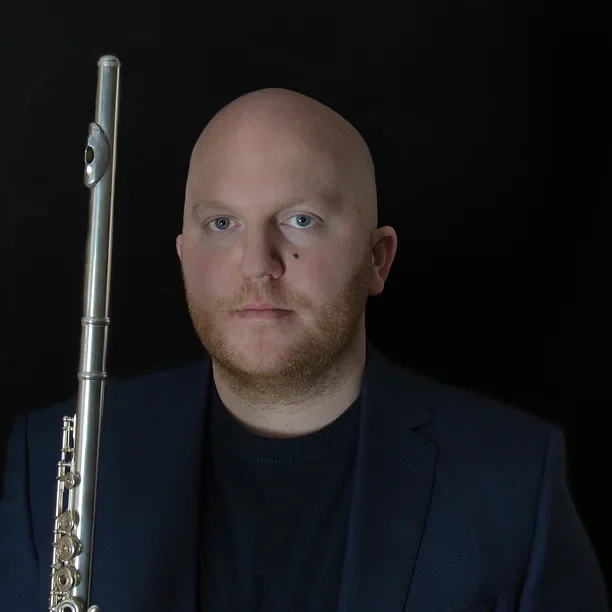“How do I get a big sound?” is often a question students will ask. Indeed, developing one’s sound and dynamic range is part of a musician’s daily practice. So, apart from blowing more, what can we do as flute players to get a bigger sound?
Well, it’s all about resonance. Resonance is the quality in a sound of being deep, full, and reverberating. When a violinist or cellist moves their bow across a string, the vibrations of sound are amplified by the resonating chamber or body that lies beneath the f holes. Even short notes or pizzicati have a ringing quality. For flute players, our resonance comes from the same place as where singers find their resonance: our bodies. If we can make the flute and our bodies resonate as one instrument, we can produce a large, enveloping tone without overblowing.
There are a number of factors that can affect resonance. I will discuss my thoughts and ideas for improving resonance below and hope that you will find something useful.
Harmonic series
Firstly, for a sound to carry with resonance, the harmonics or overtones within the tone must be in tune. How much harmonic content you decide to play with affects the colour. A détimbre sound is one that is more hollow and contains just the first couple of harmonics. When you play with more of the upper harmonics, you get a more timbre sound with a darker, richer colour. Whatever colour you choose to play with, the harmonics must be in tune for the sound to project well. When the harmonics are in tune, the sound rings and it makes resonance so much easier. Here’s a video explaining how to find a harmonics in tune sound:
Muscle [over]use
The overuse of muscles is one of the main contributing factors in cutting down resonance or making the sound harsh.
Situations where we overuse muscles:
- Fast music
Humans can be strange sometimes. When we see a lot of notes on the page, our habit to tense up and try really hard to get all the notes. But by doing this, we are doing the opposite of what is useful. Light, free movement in the hands, arms and shoulders not only facilitates quick movement, but enables more resonance.
- Low notes
I see a lot of students gripping the keys to ensure they get that low note out. See how much pressure you actually need to close the keys. I like to play the 2nd harmonic of low C since it uses all the fingers and when I apply minimal pressure, I feel the air passing under the pads of my fingers and resonating the whole instrument. As soon as I grip or apply too much pressure, the resonance is limited to a small part of the flute near the headjoint end- it’s a strange phenomenon. When I get that easy resonating sound on the harmonic with hands released of tension, I play a normal C and the sound just sings! Great thing to do before tone exercises.
- Soft entrances
When one sees pp marked in the part and everybody else is playing super quietly, as is often the case for orchestral fluting, there is often a habitual response of tightening up or squeezing facial muscles or abdominals because one doesn’t want to stick out. It’s the musical equivalent of hiding at the back of a classroom when a teacher asks, “Does anybody know the answer to this equation?”. In soft entrances, we still need resonance and beauty of sound. I think this tension can be overcome by practising messa di voce exercises, or finding where the note speaks. It is one of the first exercises in my book. Basically, it is finding the point where, as you blow above the embouchure hole (jaw forward), you find the point where air becomes sound by gradually bring the jaw back and lowering the airstream. This exercise is wonderful training for the lip muscles and jaw movement, while maintaining a steady flow of air. When you sing the word “hah”, you will feel the air move through the throat before the sound is heard. As long as the air speed and direction are right, the note will speak. It just takes careful, thoughtful practice.
- Breathing
Have you ever marked in a double-breath in your music to make sure you take in enough air for a big phrase? I think we all have at some point. But is it helpful? If we remember that the in-breath is an automatic response after blowing out due to a pressure change, then we realise that forcing in air by “taking a large breath” is actually just grasping and unhelpful. Instead, creating space after blowing out to allow the air in is more beneficial. This also improves resonance so one doesn’t need to use so much air to get a large sound- it’s an Alexander Technique win-win!
- “Support“
This is another controversial topic, which I’ll just touch on. If you say “support” to a student or yourself, you may induce a tightening of muscles (abdominal usually). As discussed earlier, muscle use tightens the sound and cuts off resonance. Instead of “support”, try using a different word that is more helpful to the student, such as “air speed”, “connect”, “open”, or “legato” etc. This inspires the process or means whereby, rather than end-gaining with tension. To play with fast air requires a healthy use of muscle, definitely not completely relaxed, but also not over-used. Singing and playing at the same time is a great way to feel the connection of the sound and play with a good air speed. It also encourages an open throat, something singers work on for achieving good resonance. Read my blog on Support here
Creating space in the mouth
- Soft palate

My Alexander Technique teacher often says to “smile behind the eyes” and that helps lift the soft palate. Another way is to attempt a yawn without actually doing a full yawn. When we lift the soft palate, we create more space and also allow the air to travel in a natural flow over the roof of the mouth and out through the mouth between the teeth.
Inhale and exhale on a whispered “kaaah” or “aaaah”. You should feel the air passing over the soft palate. I find this particularly beneficial.
- Jaw
Tension in the jaw, grinding one’s teeth, are signs of anxiety or nervousness. By releasing the jaw and feeling space between the upper and lower jaw and top and bottom sets of teeth, we allow more resonance. The lower jaw should be free to move anyway, since intonation and intervals require flexibility.
Alignment and awareness
Maintaining torso length

When we breathe in and out, we often let our chest collapse and we sacrifice the length of our torso and resonating chamber. If we can retain the length from our neck to the pelvis, we allow more resonance.
Concept of sound, imagination and careful listening
Put your ears on stalks! Can you hear your sound from the other side of the room?! Often we focus on what we hear directly around the headjoint. Listen to what comes back to you if you are playing in a nice acoustic. If you are in a very dry acoustic, inhibit the desire to force the sound.
Can you imagine resonating in different parts of your body? For example, resonating in the chest, the back, the head, the shoulder blades. By thinking of these different areas, you become aware of any tension or closing down of space. You can therefore release those areas of tension and allow more resonance. You can’t exactly control it, but you can help increase the possibility to resonate.
I hope you find this useful.
Thanks for reading and Happy Fluting!
Order my book for more flute tips


